Jewelry 101: Stones
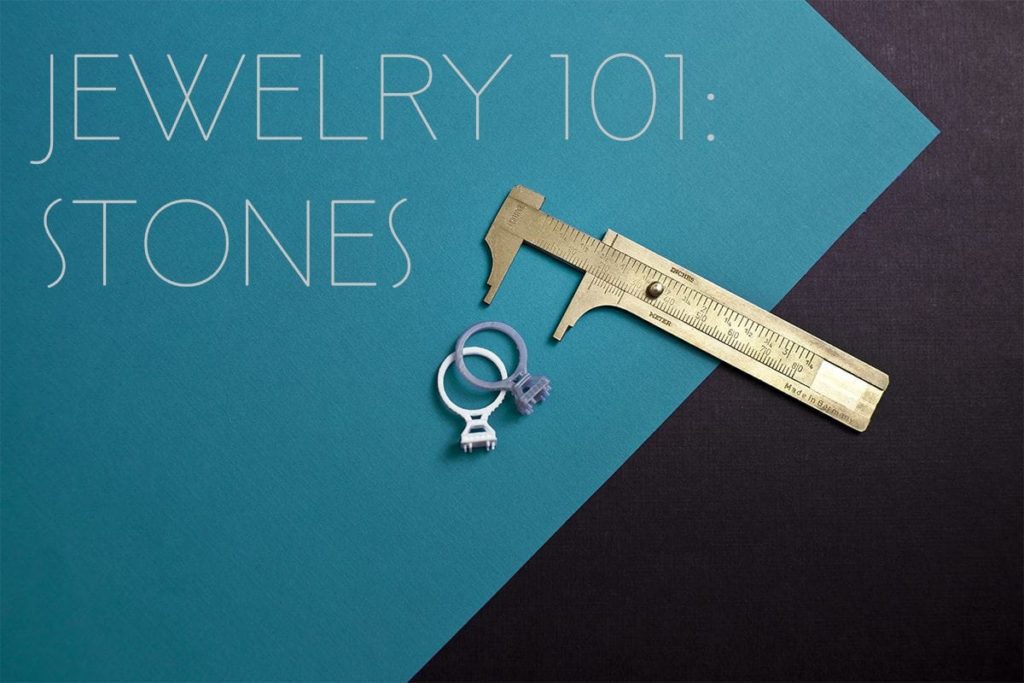
Photography by: Chanelle Leslie
Whether it came from H&M or from your great grandmother, you wear it on a daily basis, it comes in all forms, shapes, styles and price ranges: JEWELRY [insert diamond eyed emoji here]! We take it for granted, but you can tell a lot about someone by the type of jewelry they wear; their style, their social standing, their personal history, even their birthday, but how much do you really know about any jewelry, let alone your own? In the Jewelry 101 series, we’ll explore jewelry essentials, from stones to metals, from settings to finishes, delving into the history and meanings of jewelry throughout cultures and the ages to contemporary fashion. If you’re a gem enthusiast, glitter fanatic, or bauble connoisseur, this series is for you.
We begin our series with the most sought after, if not the most notable aspect of most jewelry pieces: stones.
Let’s start with the basics, what is a gemstone? While there are many variations, types, colors, sizes and cuts, all gemstones share two consistent factors, they are pieces of crystal matter (most frequently minerals) which have been cut and polished with the intent of amplifying their beauty. The piece of raw rose quartz you found on your recent hike for example, is not a gemstone but rather a mineral. However, if you were to bring that stone to a lapidarist (someone whom cuts, facets and carves stones into gemstones), you could have them cut and polish that rose quartz into a faceted gemstone.
Now onto the sparkly stuff, the stones…
DIAMONDS
Perhaps the most well known, gemstone, diamonds are in a class of their own, often considered the most precious of gemstones. The word “diamond” comes from the ancient Greek word adamas, meaning “unbreakable” due to the stone’s hardness and durability. It is for this very reason that diamonds became and endured as the popular choice for engagement rings. Their supreme hardness and ability to withstand everyday wear without any damage to the stone make them the perfect option for your jewelry uniform.
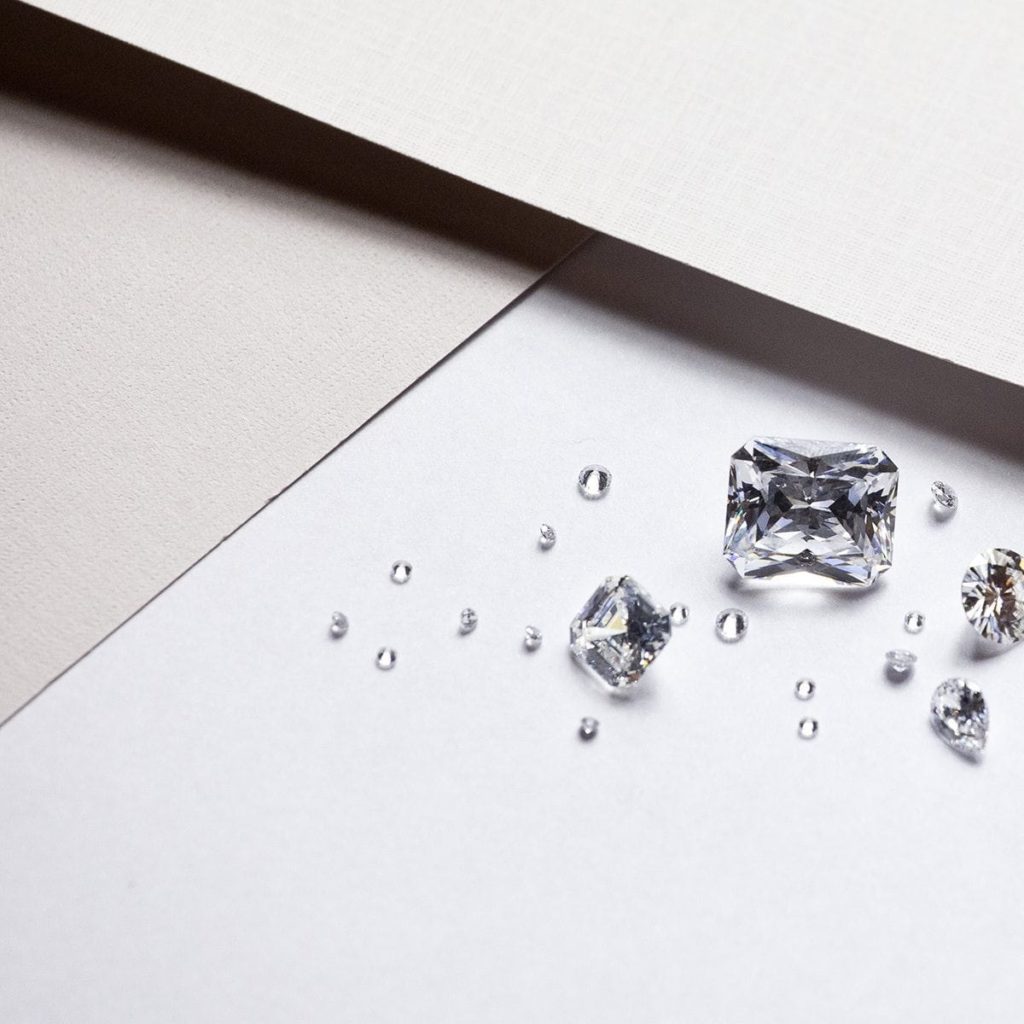
EMERALDS
The term “emerald” stems from the Ancient Greek word smaragdos, meaning “green gem”. Not surprisingly, we’re all familiar with the bright green coloring associated with emeralds. While emeralds come in a variety of shades from green to colorless, they are most known in their emerald green hue. The emerald cut was named after emeralds when the cut arose as the most popular cut for emeralds due to the cut’s large table and deep pavilion which draws light inward and intensifies the color of the stone.

AMETHYST
Amethysts are a purple variation of quartz, named after the Greek word amethystos, meaning intoxicated, as the stone was believed to prevent drunkenness and intoxication. One of the more prevalent gemstones, amethyst is mined all over the world and often utilized in it’s natural termination (the crystal form in which the stone is found in nature). Amethyst exists in many hues, from pale lavender to bright and rich purple. Due to ease of access, amethysts are not a particularly rare stone and as such are one of the more affordable options for jewelry pieces. Don’t let their friendly price tag fool you, amethyst’s radiant beauty will amplify any piece of jewelry.
AQUAMARINE
Due to their exuberant blue coloring, aquamarines were named after the Latin aqua marines, meaning “water of the sea”. Their almost unnatural blue coloring can be easily spotted. Aquamarines are mined throughout the world, pockets have even been found at the summit of Mt. Antero in central Colorado! Being one of the harder gemstones, aquamarines are a great option for jewelry and will even fair well as the center stone for a ring.

TOURMALINE
Tourmalines come in a variety of colors, most commonly known for their pink and green hues. Remember that hippie at the music festival, doting some multi-colored stone named after a melon? That stone was a tourmaline, a watermelon tourmaline to be exact. While popular amongst our more “fest-y” peers, don’t let that fool you, tourmalines have long been valued for their gorgeous variations in color. If you’re looking for a more unusual stone to claim as your own, the tourmaline might just be for you.
CITRINE
Citrine, a yellow variation of quartz was named after the Latin word citrina, meaning yellow. It’s hue ranges from pale yellow to brown. As naturally occurring citrines are rather rare, most citrines on the market are amethysts or smoky quartz which have been heat-treated to create that yellow hue. As citrine and amethyst are both varieties of quartz, they are occasionally, found together in the same stone, referred to as ametrine. As quartz isn’t as durable as a diamond or a sapphire, citrine works best for a necklace or earrings, something that won’t get banged around on the day to day, like a ring would.
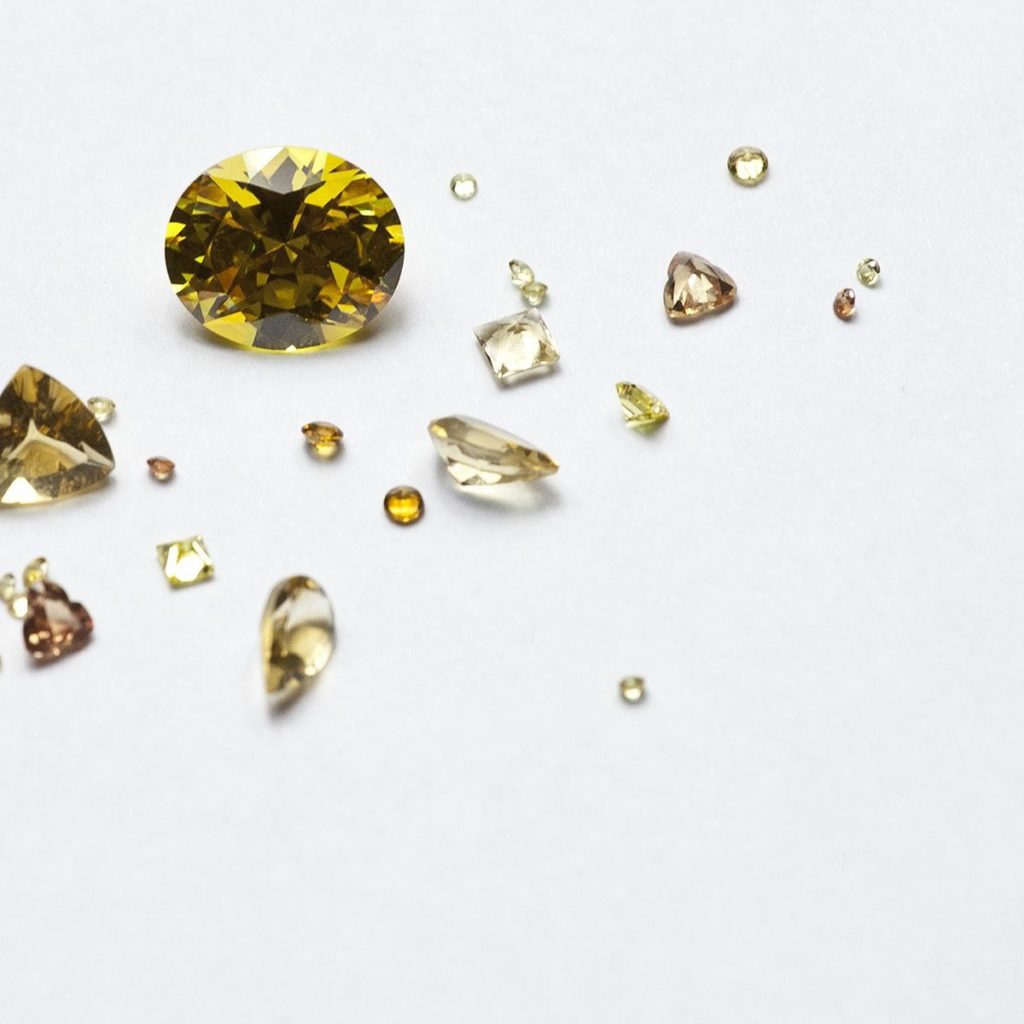
Needless to say, this list only covers a very small portion of the stones available out there. When it comes to choosing a gemstone for a piece of jewelry, beauty is truly in the eye of the beholder. Who cares if diamonds are the most sought after and expensive of gemstones if you hate the bling factor and would prefer something blue? The important factors to consider when selecting a gemstone are durability, price point and your own personal style.
The bigger question remains, where do you get a gemstone? And what do you do with it once you have it? If you’re looking for a piece of jewelry that’s truly special, unique and reflects your personal style, you’ll probably want to have a custom piece created. When having a custom piece created, your designer will be able to work with you to source stones and create a design that is exactly in alignment with your vision. Perhaps you have a family heirloom? Chances are it doesn’t fit, or isn’t quite in alignment with your personal style, here too, a jewelry designer can help. By re-purposing your heirloom piece you can create something that is contemporary, tasteful and maintains the family history and integrity of the original piece.

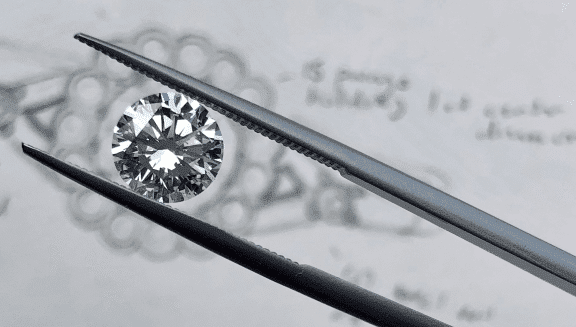
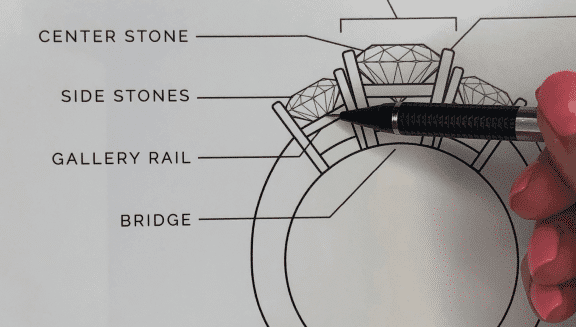



Comments